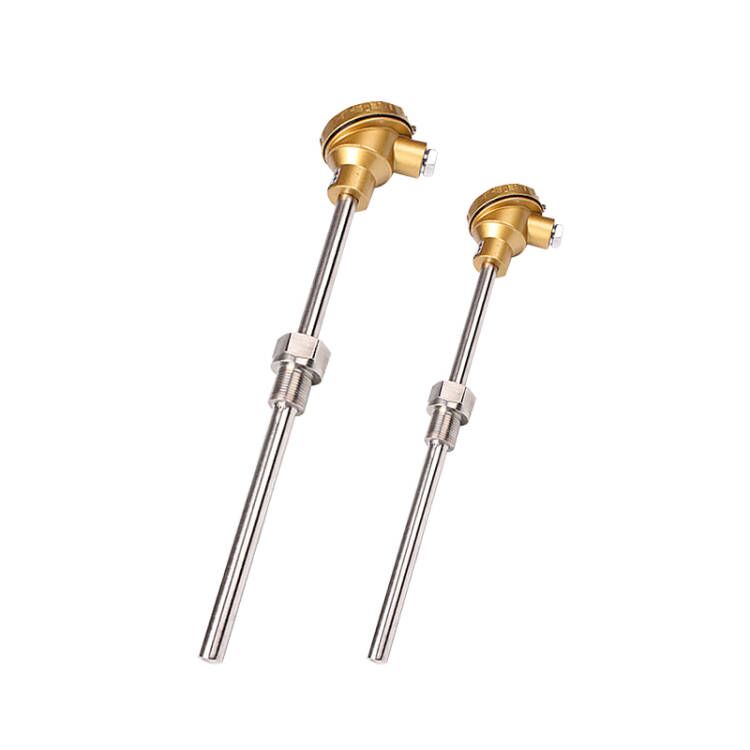Thermocouples are a popular component for measuring temperature. Generally, the hot-selling thermocouples have good performance, such as a very wide range of temperature measurements, stable performance, accurate accuracy and no influence of media, etc. So how can we choose the right thermocouple?
The selection of thermocouples should be based on comprehensive considerations such as the operating temperature range, required accuracy, operating atmosphere, performance of the measurement object, and response time. SISCO will introduce in detail how to choose a suitable thermocouple.
Measurement Accuracy and Temperature Measurement Range
- When the operating temperature is 1300~1800°C and high precision is required, B-type thermocouples are generally used.
- The precision is not high, and the atmosphere allows the use of tungsten-rhenium thermocouples. If the temperature is higher than 1800°C, tungsten-rhenium thermocouples are used.
- The operating temperature is 1000~1300°C, and the accuracy is required to be relatively high. S-type thermocouples and N-type thermocouples can be used.
- Below 1000°C, K-type thermocouples and N-type thermocouples are generally used, and below 400°C, E-type thermocouples can be used.
- At 250°C and negative temperature measurement, T-type thermocouples are generally used. At low temperatures, T-type thermocouples are stable and have high precision.
Use Atmosphere
S-type, B-type, and K-type thermocouples are suitable for strong oxidation and weak reduction atmospheres, and J-type and T-type thermocouples are suitable for weak oxidation and reduction atmospheres. If a protective tube with better airtightness is used, the requirements for the atmosphere are not too strict.
Durability and Thermal Responsiveness
Thermocouples with large wire diameters have good durability, but their response is slower. For thermocouples with large heat capacity, the response is slow. When measuring the temperature with a large gradient, in the case of temperature control, the temperature control is poor.
Measure the nature and state of the object
The temperature measurement of moving objects, vibrating objects, and high-pressure containers requires high mechanical strength. Chemically contaminated atmospheres require protective tubes. In the case of electrical interference, relatively high insulation is required.

